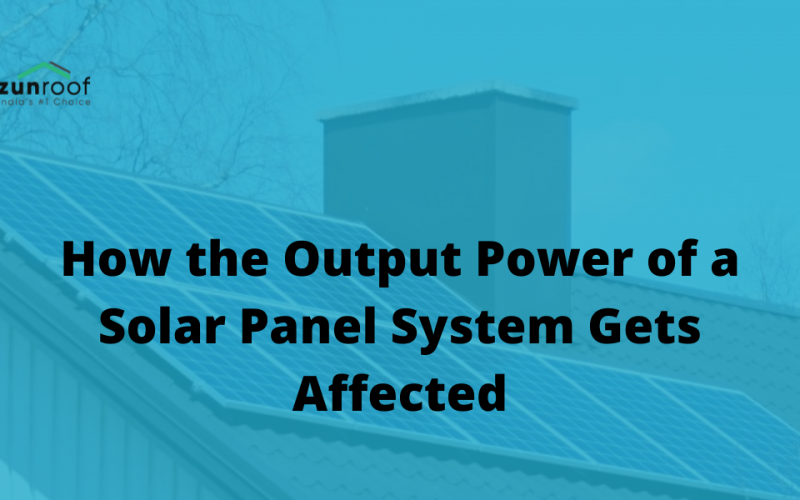The sun is now halfway in its lifetime.
Yes, researches have suggested that the sun was born about 4.57 billion years ago and in another 4.5 to 5 billion years, it will consume all its energy.
Well, that is still way beyond a normal person’s lifetime.
But, as human beings are; we tend to get all and the best out of everything, even when we know that the thing is going to stay for long, as in the case of the sun. We want to get the maximum output from our solar panel system so that we can get the most of the sun’s free energy.
Since the output from a solar panel system depends on several factors, we need to understand those factors first. This is why we have created this post so that you can get optimal solar production. The post will also help the people who still don’t have a solar panel system. They can keep the information from this post in mind when they get a solar panel system installed.
Let us see.
Factors Affecting the Output of Your Solar Panel System
Researches have revealed that factors such as sun intensity, cloud cover, relative humidity, heat buildup among many others, either increase or decrease power production of solar panel systems. Let us see all such factors in detail here;
Weather Change
Cloudy days contribute to the decrease in sunlight collection effectiveness since clouds reflect some of the sun’s rays and limit the amount of sun absorption by the panels.
During summer days when the temperature is at its highest and heat is built up quickly, the solar power output is reduced by 10% to 25% for the reason that too much heat increases the conductivity of semiconductors in the panels. However, if humidity penetrates into the solar panel frame, the panel’s performance can reduce and worse can permanently deteriorate the performance of the modules.
Shading
Shading has a large effect on the performance of a solar power system. Outside the hours of 9 am-3 pm you can get away with some shading, however, shading within these hours can have a drastic effect on your solar production. Even partial shading of the system can have a large effect as all panels in a section need to run at the same voltage. If one panel is shaded even partially, this will bring down the production of the whole system. There are ways around this such as splitting the array into multiple strings or using micro inverters on the back of panels.
Roof Orientation
The direction that your roof faces is referred to as the Azimuth angle, is the primary factor determining how much sunshine your solar panels will see over the course of the day. In India, solar panels are most effective when installed on south-facing roofs. However, even if your roof isn’t south-facing, that’s okay, you can have your panels placed to suit your high energy usage times.
Low Light Performance
Solar panels are given a nameplate capacity, e.g 50-watts based on irradiation of 1000w/m2 (approximately a clear summer day at noon). However, the vast majority of daylight hours do not have such powerful light (maybe 200-800w/M2) and at these lower levels, n-type silicon panels seem to have a significantly higher performance than cheaper p-type silicon panels of supposedly the same capacity. We would suggest you buy panels that have better low light performance.
We hope this was helpful. Have we missed anything? Let us know in the comment section below.
Do give our blog a read for all your solar-related questions. You can also check out other interesting updates on solar on our Facebook page (facebook.com/zunroof)
Reach out to us by filling the form below:

